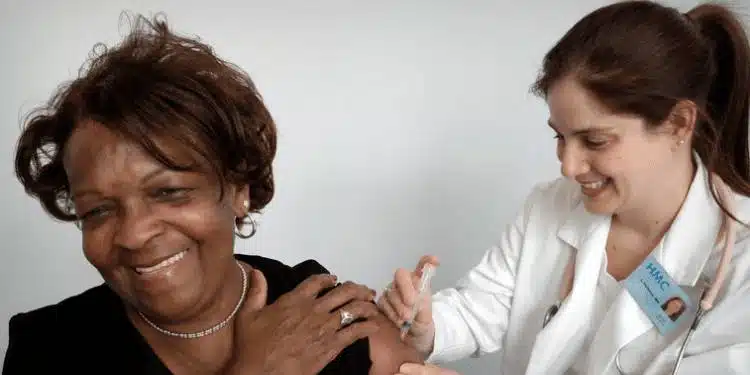Last week I took my 89 year old father to his family doctor after he fell in the restroom at a local deli. His head hit the concrete floor; I feared he had a mild concussion. Though able to carry on a conversation and walk without difficulty, I thought it a good idea to bring him to the doctor. He did not want to go – and objected vehemently – but I decided to err on the side of caution because of his age.
The PA (Physician Assistant) or NP (Nurse Practitioner) will see you now
The waiting room was packed when we arrived, but the woman behind the glass assured me they would fit him in. And they did, in about 45 minutes. But we did not see the doctor that day. A physician assistant entered the room and examined him carefully. Fortunately, the concussion was not severe. She recommended he try to rest both his body and his brain, stay hydrated and take tylenol, not advil, if he has a headache.
It all made good sense, but Dad asked, “Shouldn’t I see – you know – the doctor?”.
It’s OK to see a non M.D. health practitioner…really
Dad’s from a generation that believes doctors are all-knowing. He’s the expert (Did you notice I said he? Dad still thinks most physicians are male). However, though he generally thinks it best to see the top dog in the practice, that’s not necessarily the case. For one thing, it may be difficult to get in to see the doctor without an advance appointment. Secondly, it’s cost-effective for the practice to have physician assistants (PAs) and nurse practitioners (NPs) in the office, ultimately saving you money. Finally, these health care practitioners have more in common with your M.D. than you may think. Well-trained PAs and NPs diagnose illness, initiate treatment plans, write prescriptions and order x-rays and lab work in collaboration with a supervising physician. Completely invested in your care, they bring extensive training and skills to the office. If you trust your doctor, you can likely expect he carefully selected those he chose to augment his practice.
Trending in senior health
The days when doctors were the only healthcare providers are long gone. As are the days when doctors were predominantly male. In fact, approximately 50% of medical school graduates are female. Why do so many female physicians tell me their patients assume they are nurses? I don’t get it, but that’s another conversation.
In most group practices today, the responsibility to see patients is shared by a medical team that includes PA’s and NP’s. The result is an increase in the accessibility of healthcare to an aging population. PA’s and NP’s help alleviate overflow, boost revenue and free up time for the M.D. to treat the more complex cases. So, if you have the flu, need a well-check up, or have a common ailment, know you are in good hands if with a physician assistant or nurse practioner.
originally published January 30, 2020
updated June 24, 2022










